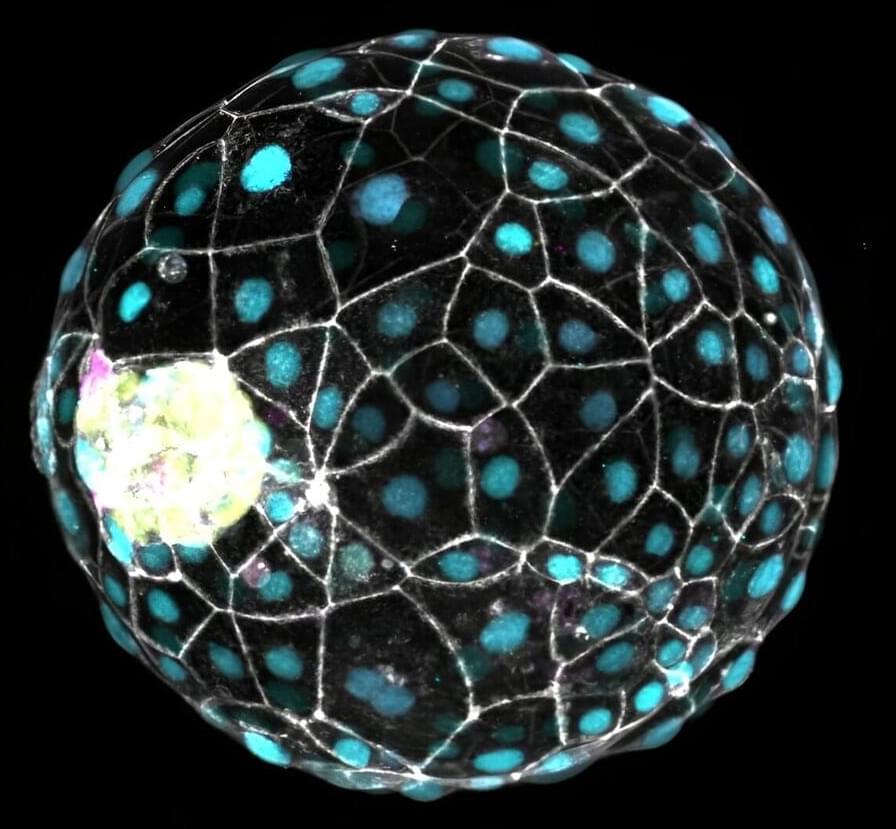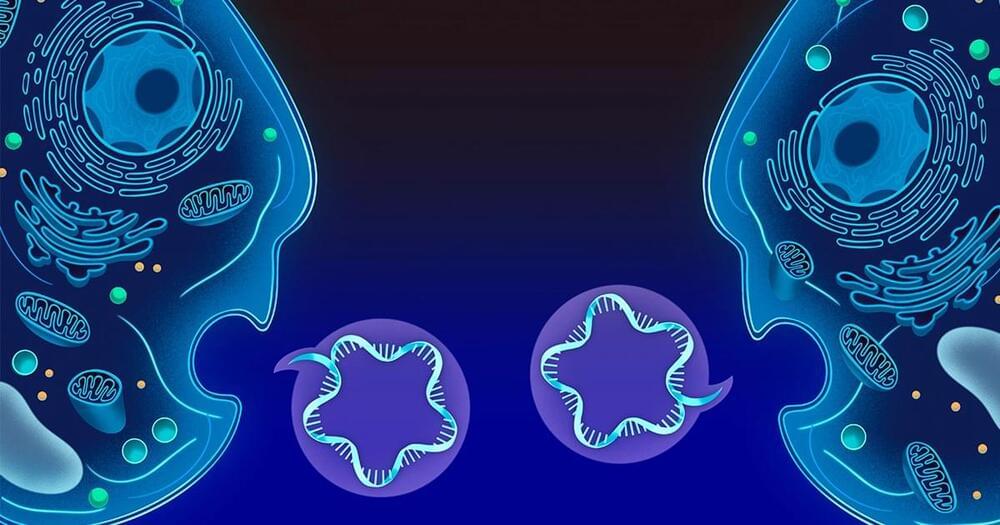Sep 27, 2024
Growing Yeast on the Moon to Study Radiation Risks to Human Explorers
Posted by Omuterema Akhahenda in categories: biotech/medical, health
This is actually an addition to Genevieve’s post on CubeSat.
Humans are returning to the Moon for the first time in decades, and we intend to stay. NASA’s Artemis missions are preparing for a sustained human presence on and around the Moon, with the ultimate goal of sending humans to Mars. These deep-space destinations present health risks to astronauts that are qualitatively and quantitatively different from those associated with stays on the International Space Station (ISS). One of the most significant risks for astronauts venturing outside the protection of Earth’s magnetic field is ionizing radiation: Galactic Cosmic Rays (GCR), Solar Particle Events (SPE), and the “albedo” radiation produced by the interaction of space radiation with the lunar surface. Exposure to ionizing radiation can result in an increased risk of cancer, cardiovascular disease, and neurological impairment.


















